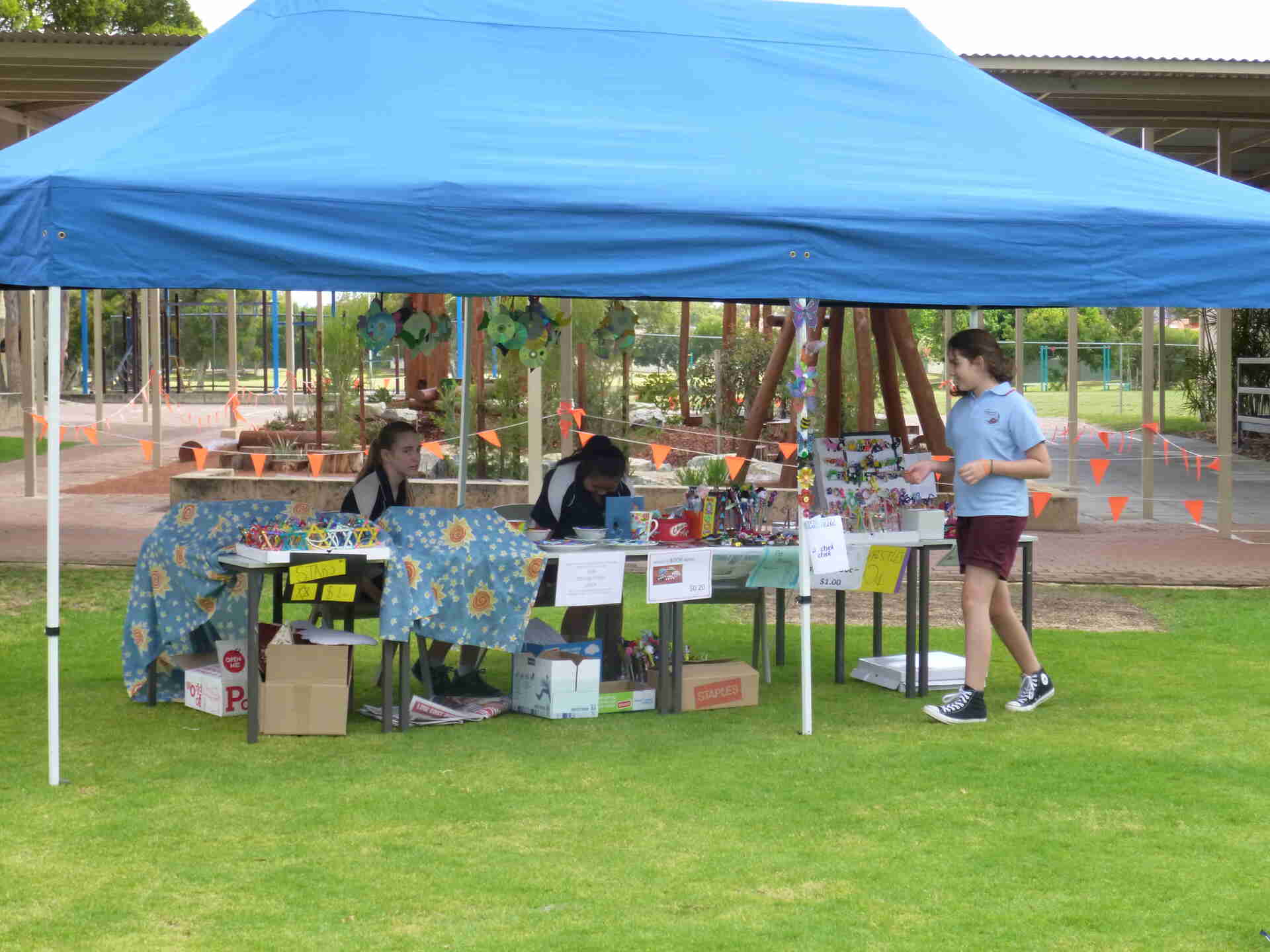On August 10th a group of thirty two students sat the Australian Maths Competition. The Australian Mathematics Competition (AMC) sponsored by the Commonwealth Bank was introduced in Australia in 1978 as the first Australia-wide mathematics competition for students. Each year about 400 000 students participate. Our Year 5 & 6 students are to be acknowledged for their sound performance and enthusiasm.
Upper Primary Competition
In each year group for each Australian state or each country, certificates of merit were awarded as follows.
Certificate of High Distinction: Top 2% of the entrants for their year level
Certificate of Distinction: Top 15% of the entrants for their year level
Certificate of Credit: Top 50% of the entrants for their year level
Certificate of Proficiency: Awarded to students who have achieved an expected pre-set score.
Certificate of Participation: Acknowledging the student’s efforts in taking part in this years competition.
Award Allocation
Certificate of High Distinction
Year 6~Naveen N
Certificate of Distinction
Year 6~Emma H, Yuan L
Year 5~ Guntaas R, Rhyme A, Nimmi T
Certificate of Credit
Year 6~Keeleigh M, Dora W, Rod M, Hannah E, Molly L, Hayley C, Caitlin K, Jake T, Eugene L, Rick M
Year 5~ Blake T, Ashton F, Thomas D, Samuel K, Jennifer H
Certificate of Proficiency
Year 6~Nilina G, Zander S-R, Joshuaa T, Ali A, Danielle S, Edward T, Amalie M, Harrison S-R, Lachlan G
Year 5~ Kayden H, Nicholas H
Australian Maths Competition Group 2015

Test Content was based on the following;
1. Number has been divided into two categories, Basic and Fractions. Basic includes the four basic operations, decimal representation and place value. Fractions includes routine questions involving either fractions or ratios.
2. Algebra includes questions involving pre-algebra concepts.
3. Geometry has been divided into 2-Dimiensional and 3-Dimensional questions. Some geometry questions involve measurement, but are classified as geometry where the main focus of the question is geometrical understanding.
4. Measurement includes measurement of time and space, where understanding and working with units is the main focus.
5. Statistics and Probability have been grouped together as the number of questions in this category is fairly small.
6. Problem-Solving has been divided into three categories, Routine, Non-routine and Enumeration. Routine problems may require some mathematical formulation, but usually only require one or two steps. Non-routine problems either require higher-order thinking or involve more than one category of mathematics. Enumeration problems involve counting the number of possibilities in a variety of circumstances.













